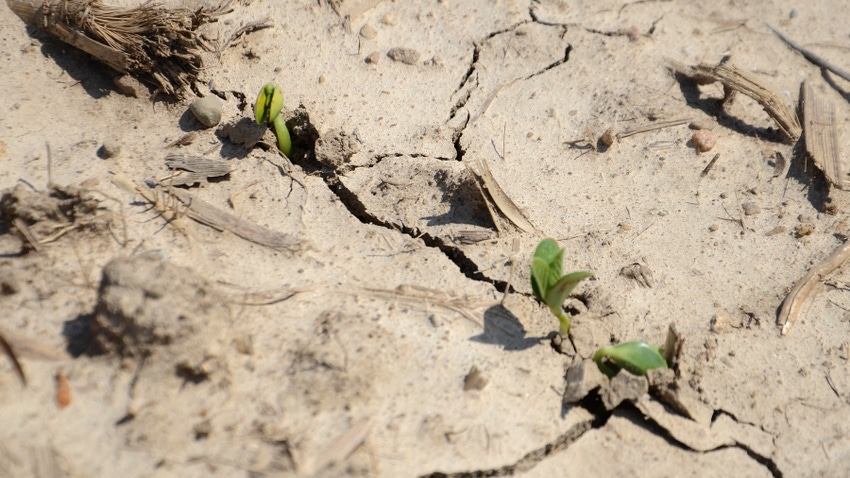
What are the odds that soybeans planted April 20 will be damaged by a killing freeze? How likely is it that soybeans not planted until June 10 will mature before a killing freeze in the fall?
If you farm long enough, you will face these real-life dilemmas.
“We were able to develop a tool which makes determining the probability of late spring freezes and early fall freezes easier,” says Beth Hall, Indiana state climatologist. The computer aid was developed through the Midwestern Regional Climate Center at Purdue University. Hall is director of the center.
In fact, the Freeze Date Tool puts data related to both late spring and early fall freezes at your fingertips. The data is organized by county for most states in the north-central and Northeast U.S.
Not only can you find average dates for the last spring freeze and first fall freeze, but you also can find actual dates going back several decades for most counties. That’s because the tool allows you to choose and look at both maps and tables, depending upon whether you’re looking for actual data or trends.
“We’ve also included information on length of growing season,” Hall explains. “You can pick which temperature you want the growing season to begin and end with, and then see how many days, on average, you can expect.”
The best way to learn to use the tool is to experiment with it, Hall says. Below is an example that illustrates the type of information you can obtain. The data was obtained using the various functions available on the Freeze Date Tool. Clinton County, Ind., was selected for this example.
To get similar information for your county, simply click on the county on the map.
Here is a summary of fall freeze data for Clinton County:
Average date of first 32-degree-F fall freeze (1950-2021): Oct. 13
Earliest ever in time period: Sept. 21, 1995
Early (10th percentile, only 10% occur earlier): Oct. 1
Latest ever in time period: Nov. 10, 2016
Late (90th percentile, 90% of time freeze has already occurred by this date): Oct. 28
Decadal trend: 1.3 days per year later per decade from 1950s through 2010s
Here is a summary of spring freeze data:
Average date of last 32-degree spring freeze: April 22
Earliest ever in time period: March 28, 1999
Early (10th percentile): April 9
Latest ever in time period: May 25, 1961
Late (90th percentile): May 6
Decadal trend: 1.6 days per year earlier per decade from 1950s through 2010s
Here is a summary of growing season data:
Average growing season, based on 32-degree freeze: 172.8 days
Shortest growing season ever in time period: 128 days in 1961
Short growing season (10th percentile): 151 days
Longest growing season ever in time period: 212 days in 1998
Long growing season (90th percentile): 193 days
Decadal trend: 2.7 days longer growing season per decade from 1950s through 2010s
Read more about:
WeatherAbout the Author(s)
You May Also Like




